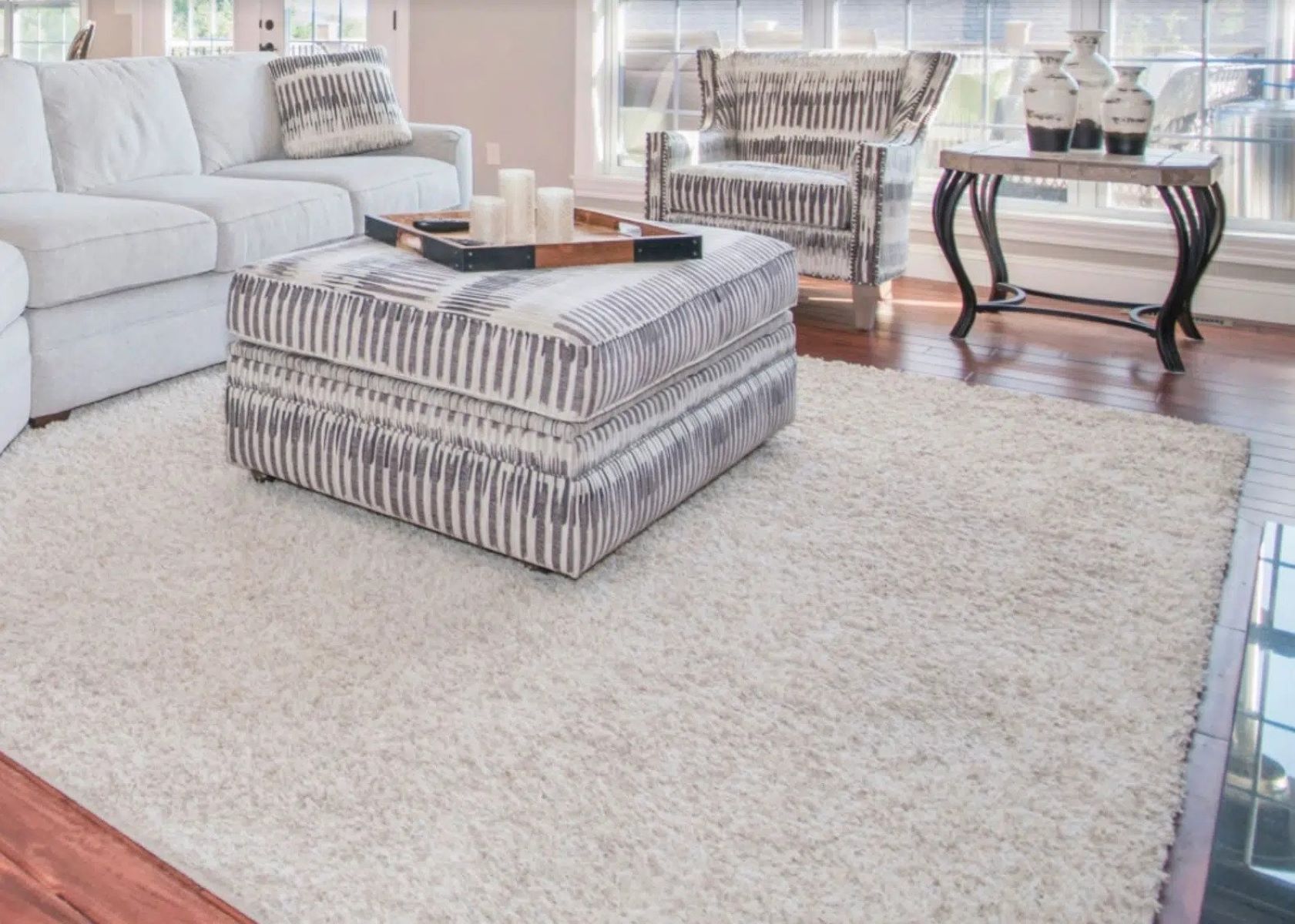

Articles
How Often Should You Replace Rugs
Modified: October 27, 2024
Discover how often you should replace rugs with our helpful articles. Learn the best practices to keep your home looking fresh and stylish.
(Many of the links in this article redirect to a specific reviewed product. Your purchase of these products through affiliate links helps to generate commission for Storables.com, at no extra cost. Learn more)
Introduction
When it comes to home decor, rugs play a significant role in adding warmth, color, and style to any room. Whether they are placed in the living room, bedroom, or hallway, rugs can enhance the overall aesthetic of a space. However, over time, rugs can become worn, stained, and lose their appeal. This raises the question: how often should you replace your rugs?
There isn’t a one-size-fits-all answer to this question as several factors come into play when determining the lifespan of a rug. These factors include the location of the rug, the amount of foot traffic it receives, the quality of the rug, and how well it is maintained. By understanding these factors, you can make an informed decision about when it’s time to replace your rugs.
Let’s explore the various factors that should be considered when deciding how often to replace your rugs.
Key Takeaways:
- Regular cleaning and maintenance, along with considering factors like foot traffic and quality, can help determine when to replace rugs. High-traffic areas and visible damage are key indicators for replacement.
- For a longer-lasting rug, invest in high-quality materials, maintain regular cleaning routines, and consider the specific demands of indoor and outdoor spaces. Replacement may be necessary based on wear and tear, stains, and fading.
Read more: How Often Should You Clean Your Rugs
Factors to Consider
When determining how often to replace your rugs, there are several important factors to take into consideration:
- Location: The location of the rug plays a significant role in its lifespan. Rugs placed in high-traffic areas, such as the entryway or main hallway, tend to wear out more quickly compared to rugs in less frequently used spaces.
- Quality: The quality of the rug also influences its longevity. Higher-quality rugs that are made from durable materials will generally last longer than lower-quality rugs. Investing in a well-made rug can save you from having to replace it as frequently.
- Maintenance: Proper care and maintenance can extend the lifespan of your rugs. Regular vacuuming, spot cleaning, and professional cleaning can help remove dirt, dust, and stains, keeping your rugs in better condition for a longer period of time.
- Foot Traffic: The amount of foot traffic a rug receives will affect its wear and tear. Rugs in high-traffic areas, such as the living room or dining room, are more prone to damage and may require more frequent replacement.
- Style and Design: Sometimes, the decision to replace a rug may be driven by design changes or personal preference. If you’re looking to update the overall look of a room or if your current rug no longer matches your decor, you may opt to replace it, even if it is still in good condition.
By considering these factors, you can assess the condition of your rugs and determine if they need to be replaced.
High Traffic Areas
High traffic areas in your home, such as entryways, hallways, and living rooms, are areas where people walk and move frequently. These areas are more prone to wear and tear, and therefore, the rugs placed in these areas may require more frequent replacement.
The constant foot traffic can cause the fibers of the rug to flatten and wear down over time. This is especially true in areas where people regularly walk with shoes on. As a result, the rug may lose its plushness and begin to look worn and flat.
In high traffic areas, rugs can also become more prone to stains and spills. Accidents are more likely to happen in areas where people frequently gather, making it essential to clean these rugs promptly and effectively. However, even with diligent cleaning efforts, some stains may be difficult to remove completely, which can impact the overall appearance of the rug.
If you notice that your rug in a high traffic area is starting to look worn out, flattened, or stained, it may be time to consider replacing it. Newer rugs will not only provide a fresher look to your space but also offer better durability and resistance against wear and tear.
Keep in mind that regular cleaning and maintenance can help prolong the lifespan of your rugs in high traffic areas. Vacuuming regularly and taking proactive measures to prevent and treat stains can contribute to keeping your rug looking its best for a longer period of time. However, it is important to acknowledge that rug replacement in these areas may be necessary more frequently compared to rugs in less frequented parts of your home.
Wear and Tear
As with any frequently used item, rugs are subject to wear and tear over time. The extent of wear and tear ultimately depends on various factors, including the quality of the rug, the amount of foot traffic it receives, and how well it is maintained.
One of the most common signs of wear and tear on rugs is visible fraying or unraveling of the edges. This can occur due to constant foot traffic, dragging furniture, or pets scratching at the edges. If the fraying becomes extensive and cannot be repaired, it may be an indication that it’s time to replace the rug.
In addition to fraying, thinning of the rug’s fibers can also be a sign of wear and tear. Over time, the constant pressure from foot traffic can cause the fibers to wear down, resulting in a less plush appearance. If you notice significant thinning and flattening of the rug, it may be time to consider replacing it.
Furthermore, wear and tear can manifest in the form of faded colors or patterns. Rugs placed in areas with direct sunlight exposure are more susceptible to fading over time. If your rug has lost its vibrancy and the once vibrant colors have become dull and faded, it may be an indication that it’s time to refresh your space with a new rug.
Overall, closely inspecting your rugs for signs of wear and tear is essential in determining when to replace them. If the wear and tear is significant and impacting the appearance and functionality of the rug, it may be best to invest in a new one.
Stains and Spills
Accidents happen, and rugs are not immune to spills and stains. Whether it’s a glass of red wine, a pet accident, or a splash of food, stains can be a common occurrence on rugs, especially in high-traffic areas. How you handle these stains and spills can determine whether your rug needs to be replaced or not.
If you promptly and effectively clean up spills and stains, you may be able to salvage your rug. Immediate action is crucial to prevent the stain from setting into the fibers of the rug. Blotting the spill with a clean cloth or paper towel and using a mild detergent or carpet stain remover can help lift the stain and prevent it from becoming permanent.
However, some stains can be stubborn and difficult to remove completely, especially if they are not treated immediately or if they occur on rugs with more delicate materials. In such cases, the stains may become deeply embedded in the fibers, causing discoloration and affecting the overall appearance of the rug.
If you have tried various cleaning methods and the stain remains prominent or if there are multiple stains throughout the rug, it may be a sign that it’s time to replace it. Additionally, if the rug has endured repeated spills and stains over time, it may have reached a point where it is no longer salvageable.
It’s important to note that prevention is the best defense against stains and spills. Regularly applying a stain repellent treatment to your rugs can create a protective barrier and make it easier to clean up spills before they become permanent stains.
In summary, try to clean up spills and stains as soon as they occur and take preventive measures to avoid them. However, if your rug has acquired extensive, stubborn stains that cannot be removed or if they appear throughout the rug, it may be time to consider replacing it.
It is recommended to replace rugs every 5-7 years, or sooner if they show signs of wear and tear. Regular vacuuming and professional cleaning can help extend the lifespan of your rugs.
Indoor vs Outdoor Rugs
When it comes to rugs, there is a distinction between indoor and outdoor options. Indoor rugs are specifically designed for use inside the home, while outdoor rugs are meant to withstand the elements and be placed in outdoor spaces. Understanding the difference between these two types of rugs can help determine their replacement frequency.
Indoor rugs are typically made from softer materials such as wool, cotton, or synthetic fibers. They are designed to provide comfort, insulation, and style to interior spaces. However, indoor rugs are more prone to wear and tear due to foot traffic, spills, and general use. Depending on the quality and maintenance, indoor rugs may need to be replaced every 5-10 years, especially if they show significant signs of damage or cannot be effectively cleaned anymore.
On the other hand, outdoor rugs are generally made from durable synthetic materials like polypropylene or polyester, which are resistant to moisture, UV rays, and mold. These rugs are specifically designed to withstand the sun, rain, and other outdoor conditions. With proper care and maintenance, outdoor rugs can last significantly longer than indoor rugs, often ranging from 5-15 years.
However, even with their durable construction, outdoor rugs are not invincible. They can still experience wear and tear, fading, and damage over time, particularly in high-traffic outdoor areas. Exposure to extreme weather conditions, such as constant sunlight or heavy rain, can lead to color fading or material degradation. If your outdoor rug starts to show signs of significant discoloration, fraying, or mold growth that cannot be resolved, it may be time to replace it.
Ultimately, the replacement frequency of indoor and outdoor rugs depends on factors such as material durability, exposure to elements, and general usage. Assessing the condition of your rugs regularly and considering the specific demands of their placement will help you determine whether replacement is necessary.
Allergies and Dust
For individuals with allergies or respiratory sensitivities, rugs can be a potential source of allergens and dust accumulation. Over time, the fibers of the rug can trap dust, pollen, pet dander, and other allergens, which can trigger allergic reactions or respiratory issues.
Regular vacuuming and cleaning can help reduce allergens and dust in rugs to a certain extent. However, there may come a point when the accumulation of allergens becomes too difficult to manage, especially in older rugs that have absorbed years of dust and allergens. In such cases, it may be beneficial to replace the rug to create a healthier living environment.
Additionally, some rugs may release volatile organic compounds (VOCs) into the air, especially if they are made from synthetic materials or treated with certain chemicals. These VOCs can contribute to indoor air pollution and exacerbate respiratory symptoms for individuals with sensitivities. If you suspect that your rug is emitting VOCs or if you have noticed an increase in allergy or respiratory symptoms since having the rug, it may be worth considering replacing it with a more hypoallergenic and eco-friendly option.
When selecting a new rug, opt for materials that are naturally hypoallergenic, such as wool or organic cotton. These materials are less likely to trap allergens and are easier to clean thoroughly. Additionally, consider rugs that feature low-pile or are labeled as allergy-friendly, as they tend to accumulate less dust and allergens compared to high-pile rugs.
Regular maintenance, such as vacuuming with a HEPA filter and frequent washing of removable rug covers, can help reduce allergens and dust in rugs. However, if you find that your allergies or respiratory symptoms persist despite diligent cleaning efforts, it may be an indication that it’s time to replace the rug to create a healthier and more comfortable living environment.
Signs of Replacement
Knowing when it’s time to replace your rugs can be a subjective decision based on personal preferences and the specific condition of the rug. However, there are some common signs that indicate it may be necessary to replace your rugs:
- Visible damage: If your rug shows visible signs of damage, such as frayed edges, extensive wear and tear, or holes, it may be time to consider a replacement. These damages can not only impact the appearance of the rug but also compromise its functionality and safety.
- Unpleasant odors: Rugs can absorb and retain odors over time, especially if there have been pet accidents or spills that were not adequately cleaned. If your rug emits persistent unpleasant odors despite cleaning efforts, it may be an indication that it’s time for a fresh start with a new rug.
- Fading: Rugs exposed to direct sunlight can fade over time. If your rug has lost its vibrancy and the colors have become noticeably dull, it may be time to replace it, especially if you are seeking to maintain a visually appealing and cohesive indoor space.
- Stains that cannot be removed: While some stains can be effectively treated and removed from rugs, others may be too stubborn to eliminate completely. If you have tried various cleaning methods with no success in removing prominent stains, it may be best to invest in a new rug.
- Loss of functionality: Over time, rugs can lose their functionality due to wear and tear. If you notice that your rug no longer provides sufficient cushioning, insulation, or grip, it may be time to replace it to maintain a comfortable and safe living environment.
Ultimately, the decision to replace a rug depends on your specific circumstances and desired aesthetics. If your rug no longer meets your needs, is significantly damaged, or is impacting the overall look and feel of your space, it may be time to say goodbye and welcome a new rug into your home.
Cleaning and Maintenance
Cleaning and proper maintenance play a crucial role in prolonging the lifespan of your rugs. By following a regular cleaning routine and implementing effective maintenance practices, you can keep your rugs looking fresh and extend their durability. Here are some tips for cleaning and maintaining your rugs:
- Vacuum regularly: Regular vacuuming is essential to remove dirt, dust, and debris from the surface of your rugs. Aim to vacuum at least once a week, or more frequently in high-traffic areas. Use a vacuum cleaner with adjustable settings to ensure gentle but effective cleaning, especially for delicate rugs.
- Address spills and stains promptly: Accidents happen, so it’s important to act quickly when spills occur. Blot the affected area with a clean cloth or paper towel to absorb as much of the liquid as possible. Avoid rubbing the stain, as it can push it deeper into the fibers. Use a mild detergent or carpet stain remover specifically designed for your rug material to treat the stain. Always test any cleaning agent on a small, inconspicuous area before applying it to the stain.
- Avoid excessive moisture: When cleaning your rugs, be mindful of excessive moisture. Avoid oversaturating your rug, as it can lead to mold or mildew growth. If using water for spot cleaning, ensure that the rug has adequate time to dry completely. Consider professional rug cleaning services for a thorough deep clean to remove embedded dirt and stains.
- Rotate your rugs: To minimize wear and tear in specific areas, rotate your rugs periodically. This ensures that foot traffic and direct sunlight are distributed evenly, preventing uneven fading and wear patterns. Rotate your rugs every six months or as needed.
- Use rug pads: Rug pads provide cushioning, improve stability, and help prevent slipping and sliding. They also act as a barrier between the rug and the floor, reducing friction and potential damage to the rug’s fibers. Invest in quality rug pads that are suitable for your flooring type and rug size.
- Protect rugs from direct sunlight: Prolonged exposure to direct sunlight can cause fading and deterioration of rug fibers. Use curtains, blinds, or UV-protective window films to minimize sunlight exposure on your rugs. Alternatively, consider rotating or moving your rugs to less exposed areas of your home.
By incorporating these cleaning and maintenance practices into your rug care routine, you can significantly extend the life of your rugs and keep them looking their best for years to come.
Read more: How Often Should You Replace A Toilet Brush
Conclusion
Knowing how often to replace your rugs is an important consideration in maintaining the overall look and functionality of your home. While there is no one-size-fits-all answer, several factors should be taken into account when making a decision.
Factors such as the location of the rug, the amount of foot traffic it receives, the quality of the rug, and how well it is maintained all contribute to its lifespan. Rugs placed in high-traffic areas or exposed to harsh conditions may require more frequent replacement compared to rugs in less frequented spaces.
Signs of wear and tear, stains that cannot be removed, and visible damage are all indications that it may be time to replace your rug. Additionally, considerations such as allergies, dust accumulation, and fading colors can also play a role in the decision-making process.
Regular cleaning and maintenance are essential in prolonging the lifespan of your rugs. Vacuuming regularly, addressing spills promptly, and rotating your rugs can help minimize wear and tear. Using rug pads and protecting rugs from direct sunlight can also contribute to their longevity.
Ultimately, the decision to replace a rug comes down to personal preference and assessing the condition of the rug. If a rug is significantly damaged, no longer meets your needs, or has become an eyesore in your space, it may be time to bid farewell and welcome a new one into your home.
Remember, a well-maintained and visually appealing rug can transform the ambiance of a room, adding warmth, color, and style. By understanding the factors to consider and implementing proper care, you can enjoy your rugs for many years to come.
Frequently Asked Questions about How Often Should You Replace Rugs
Was this page helpful?
At Storables.com, we guarantee accurate and reliable information. Our content, validated by Expert Board Contributors, is crafted following stringent Editorial Policies. We're committed to providing you with well-researched, expert-backed insights for all your informational needs.
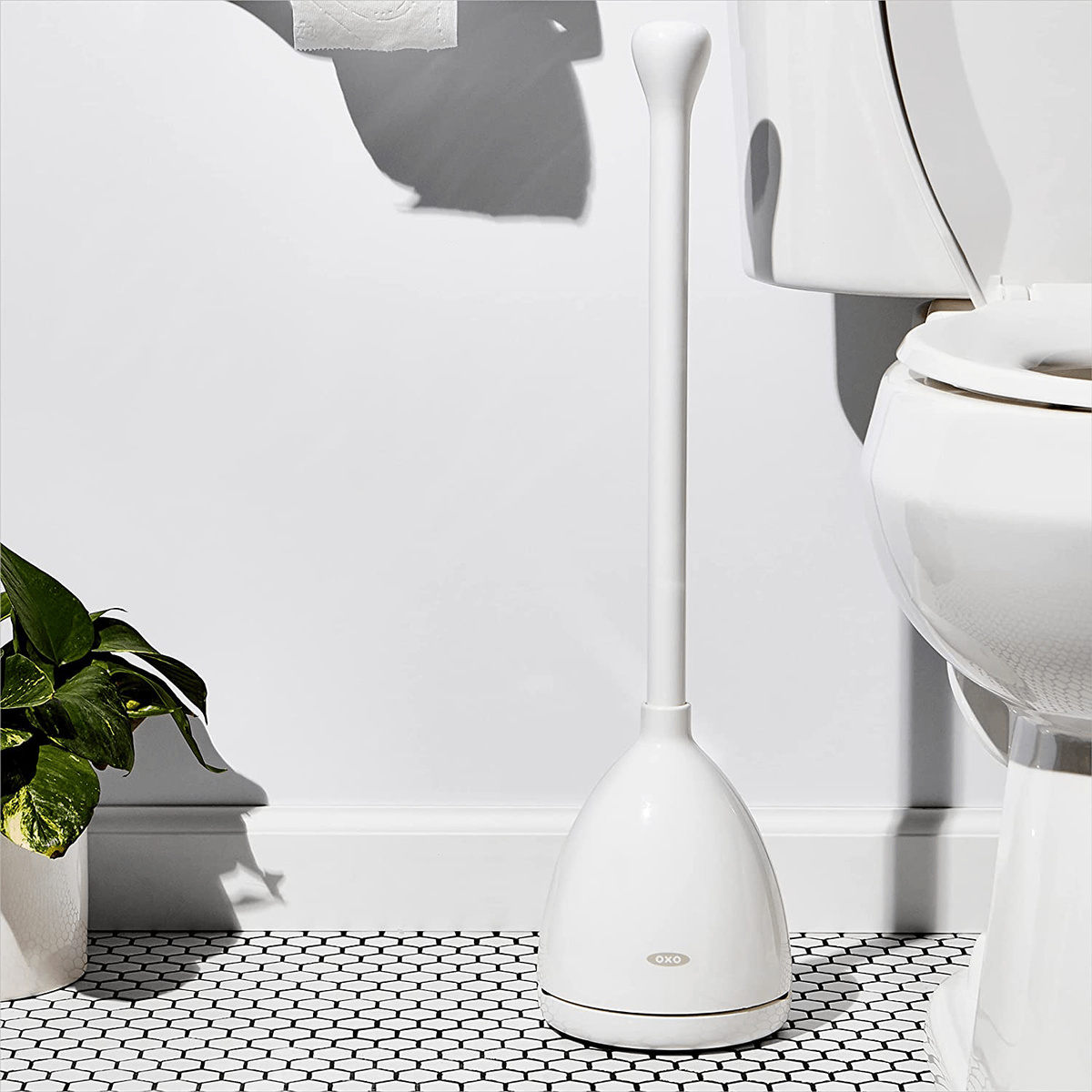
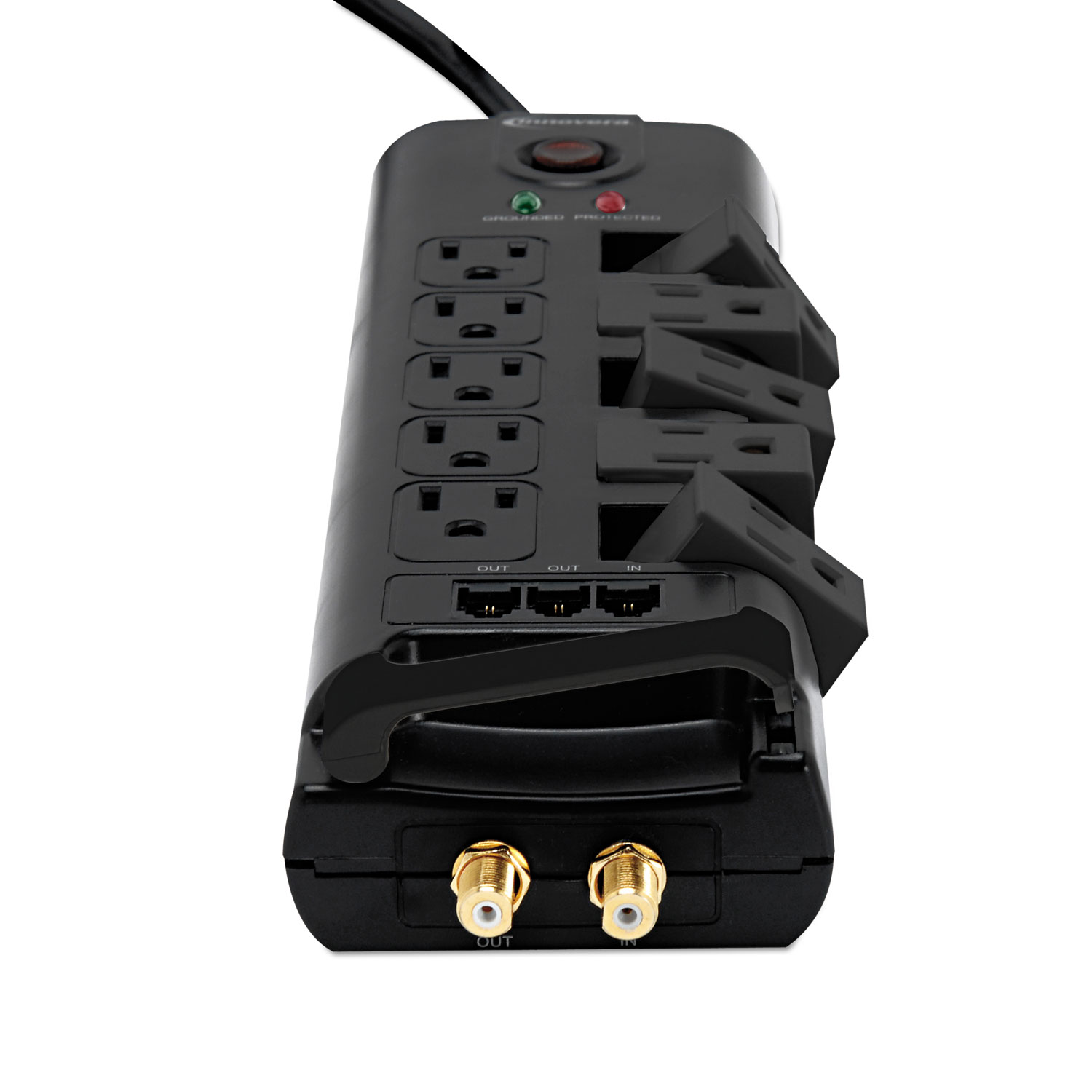
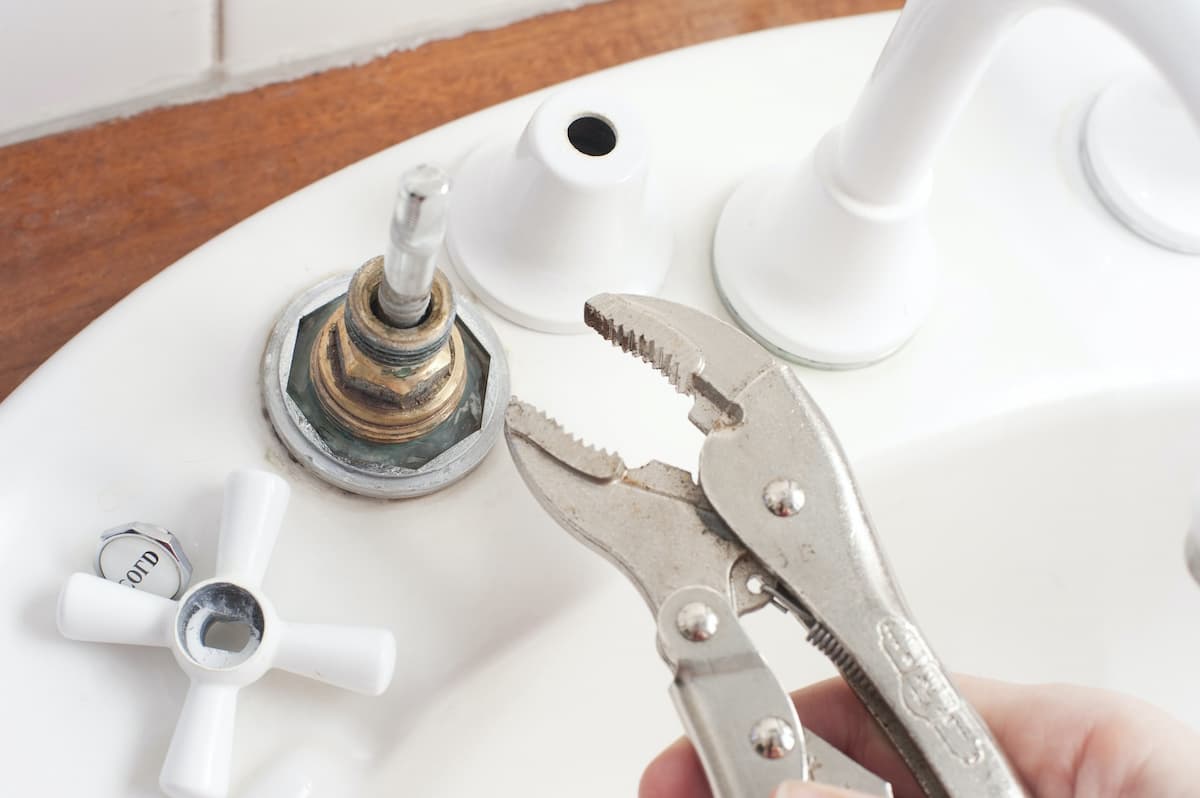
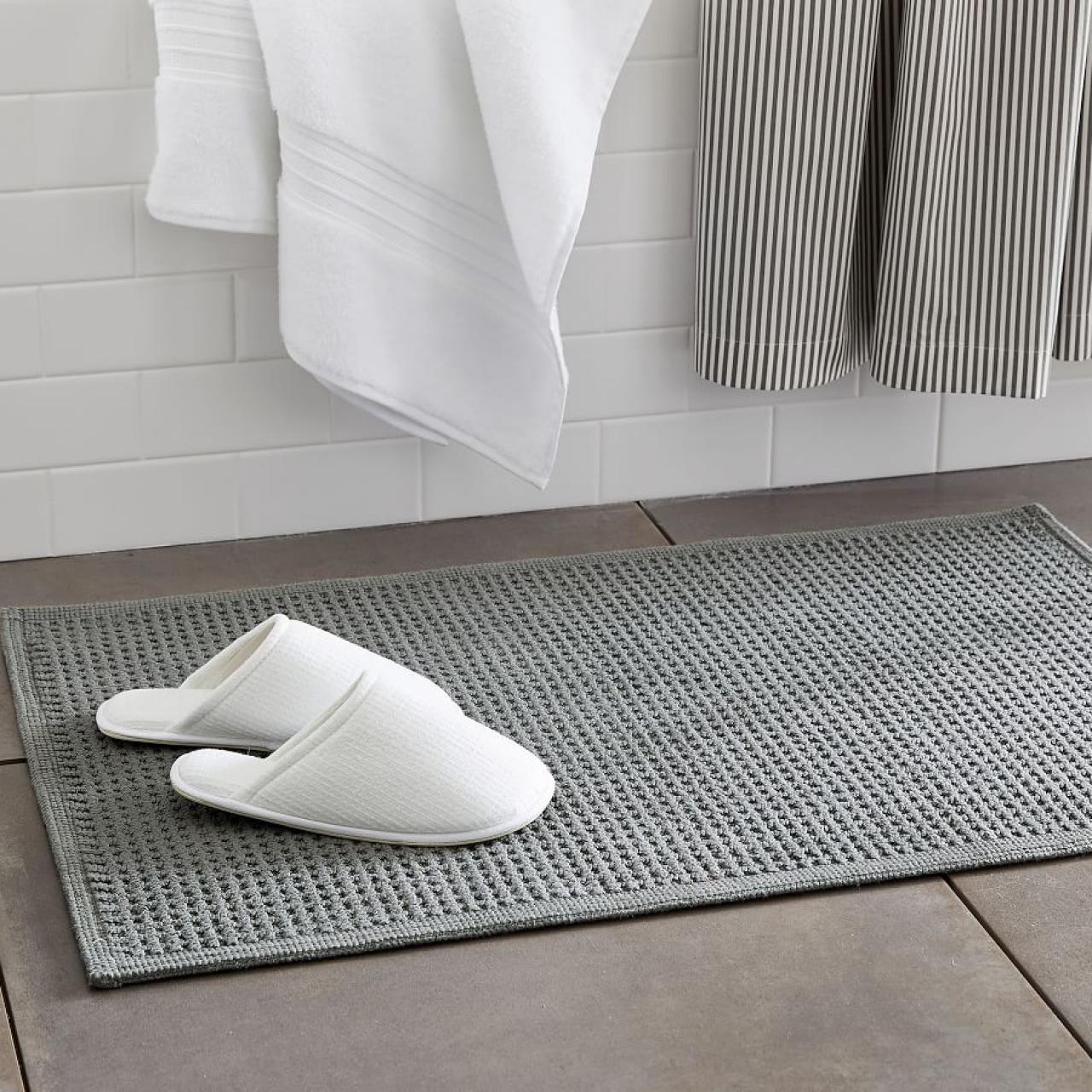
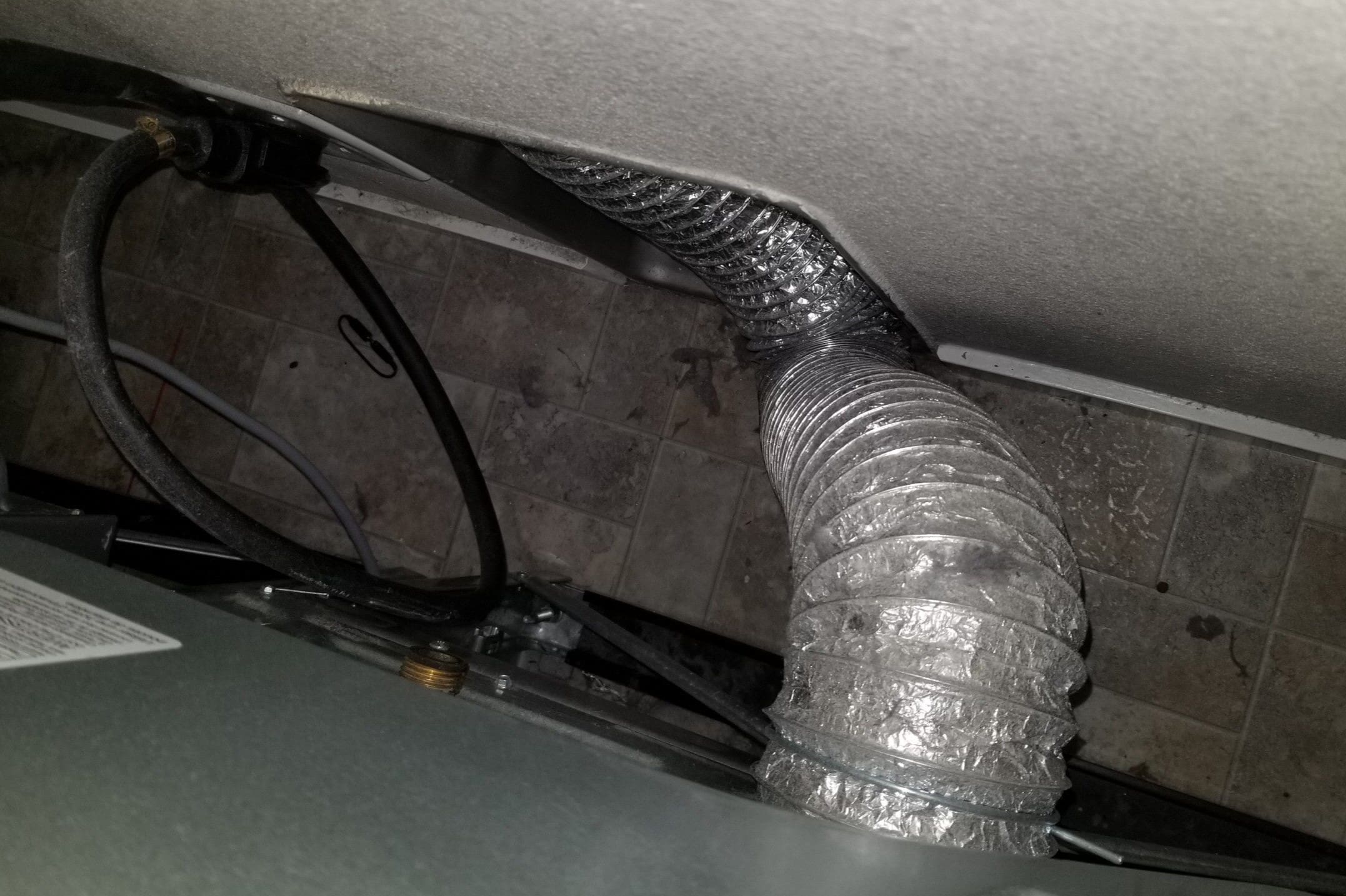
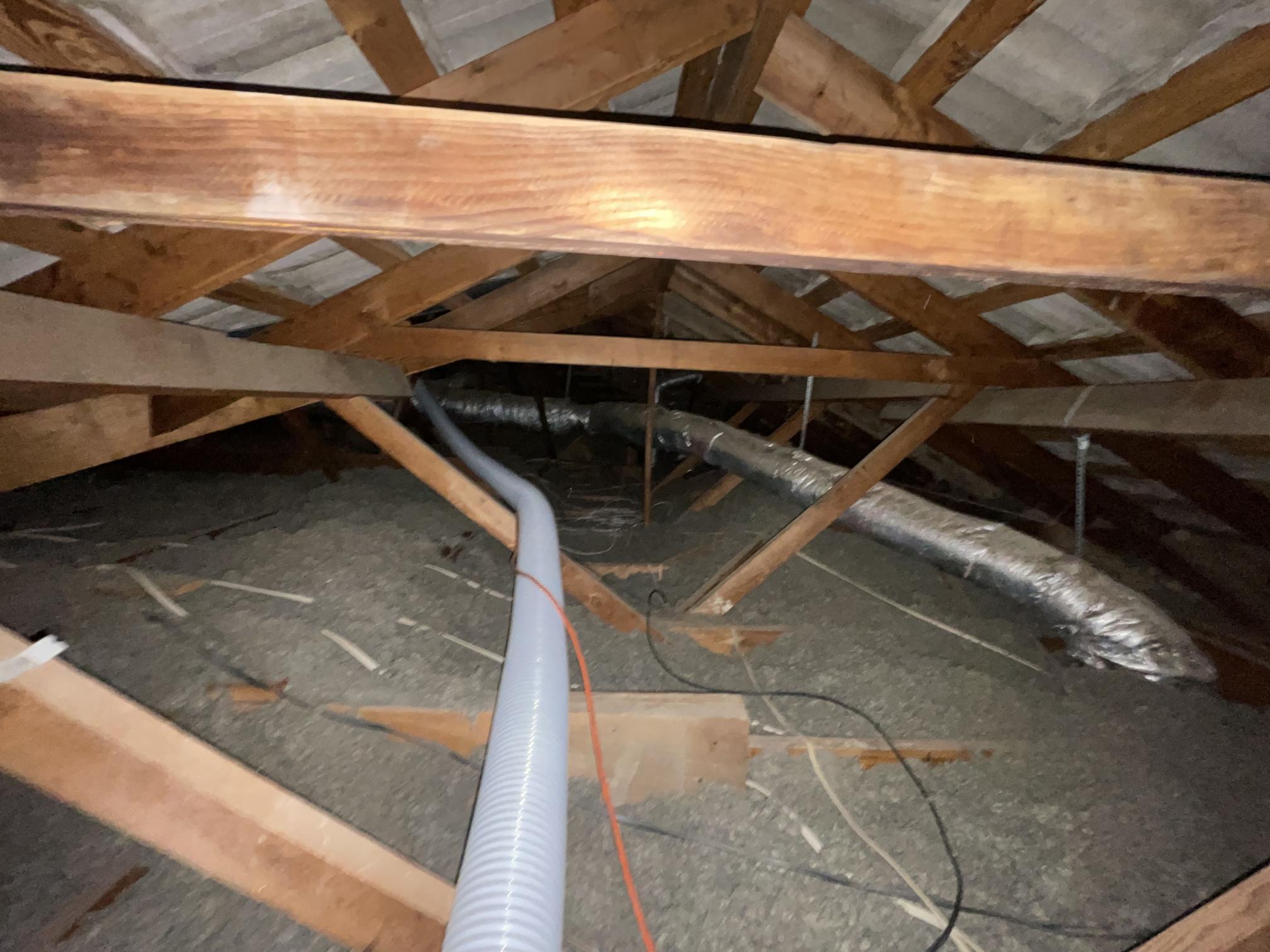
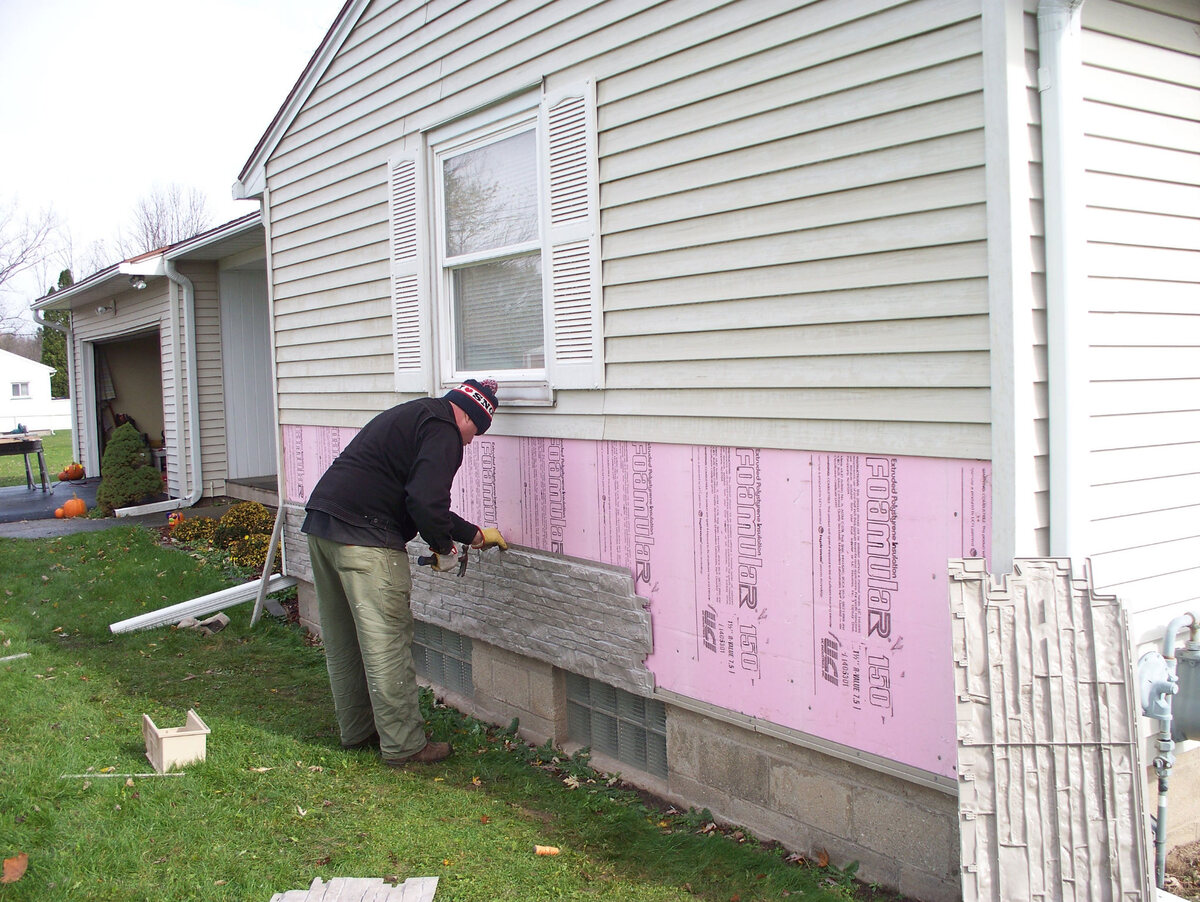

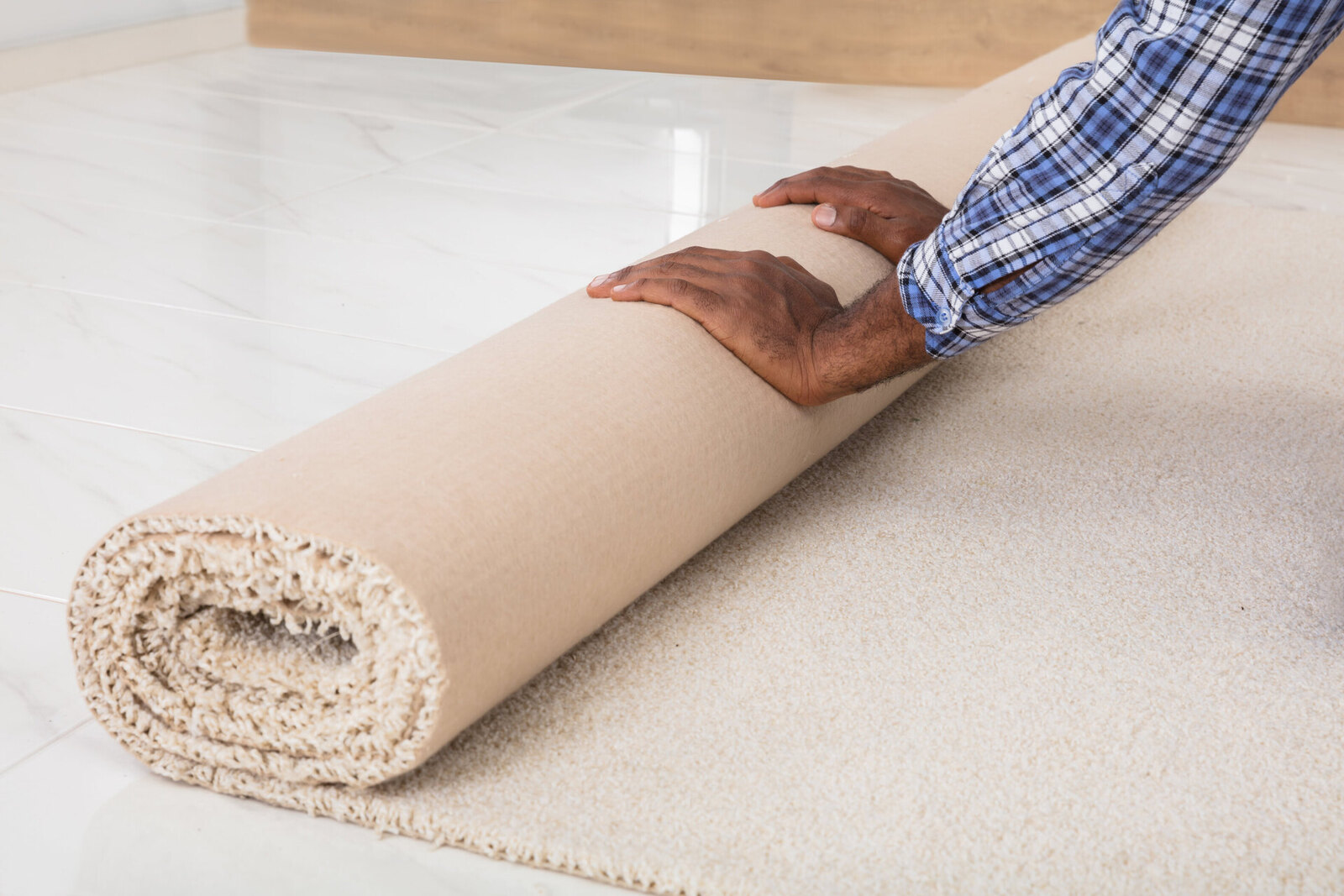
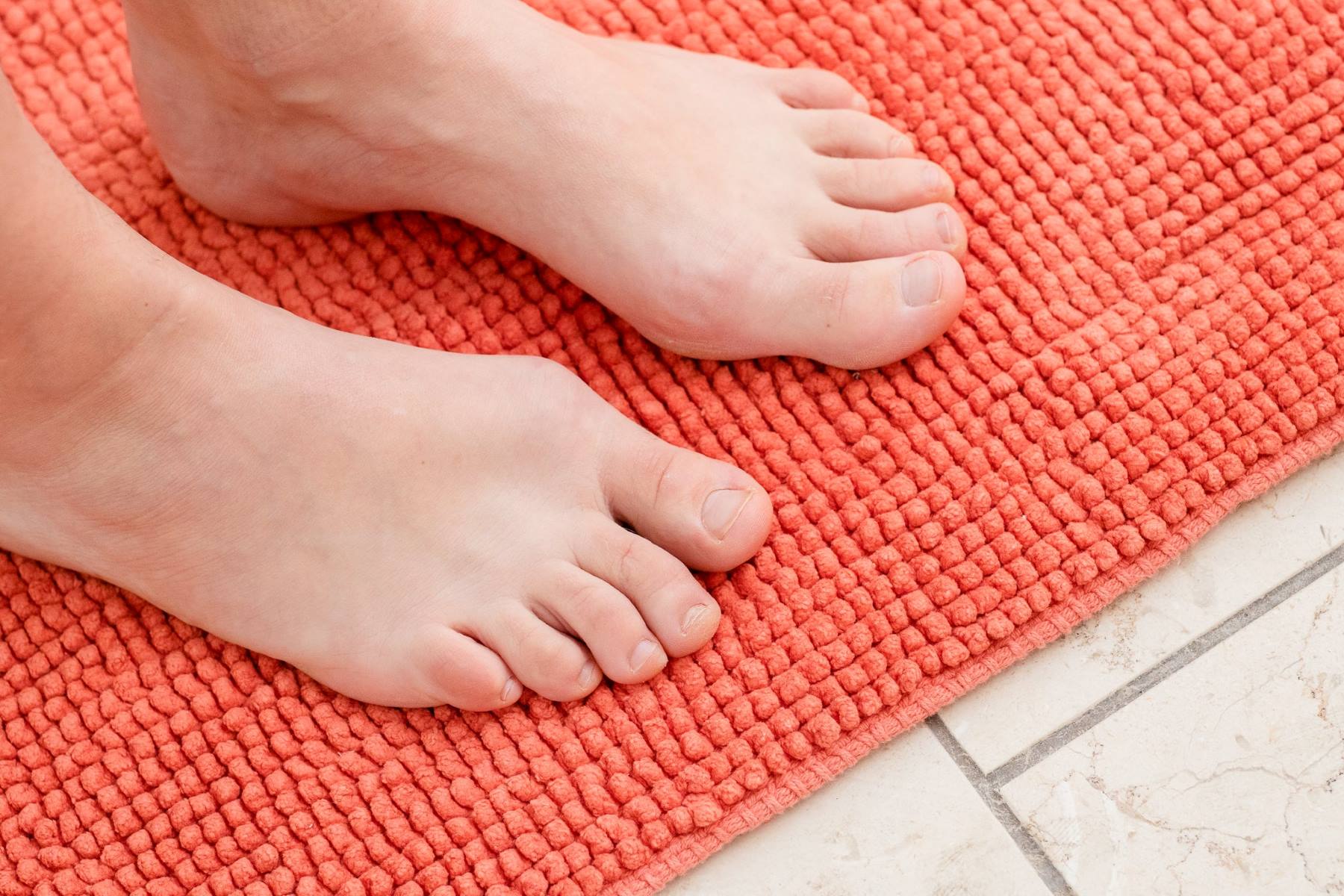
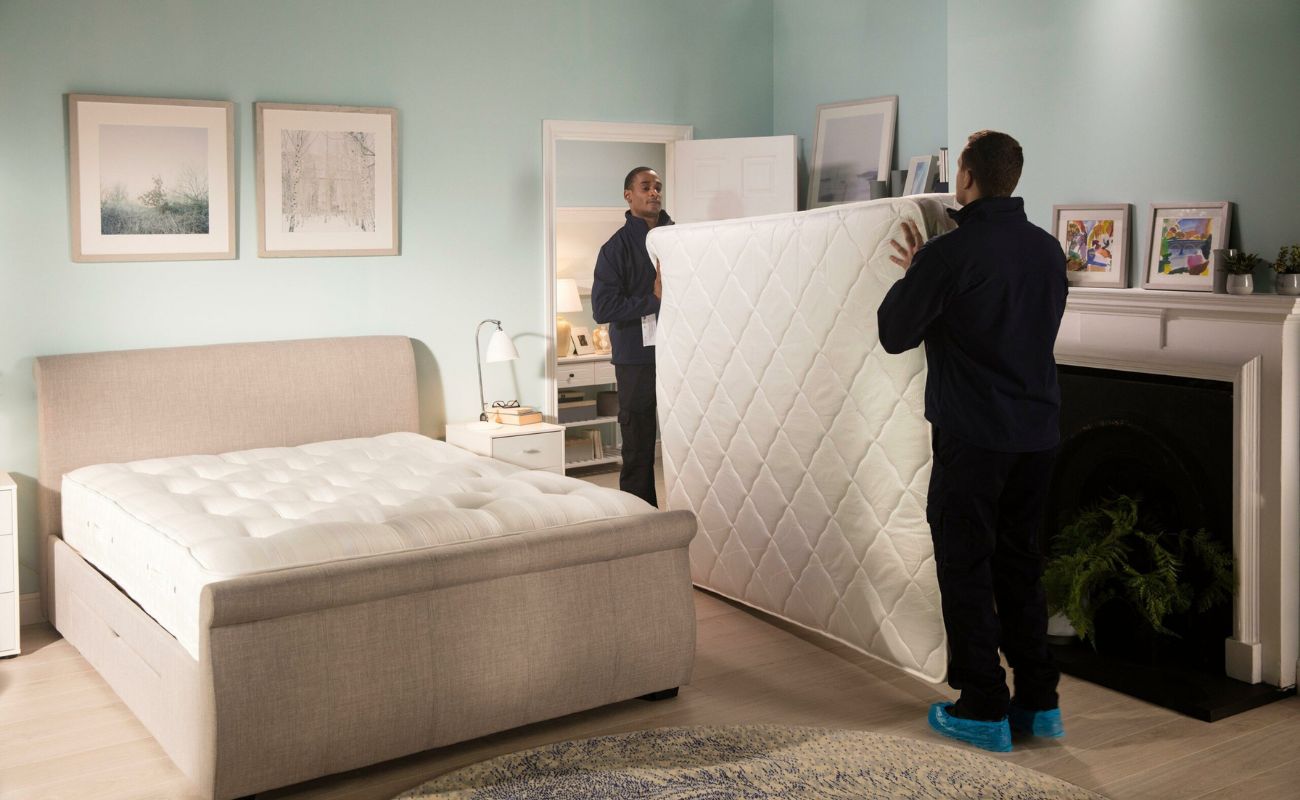
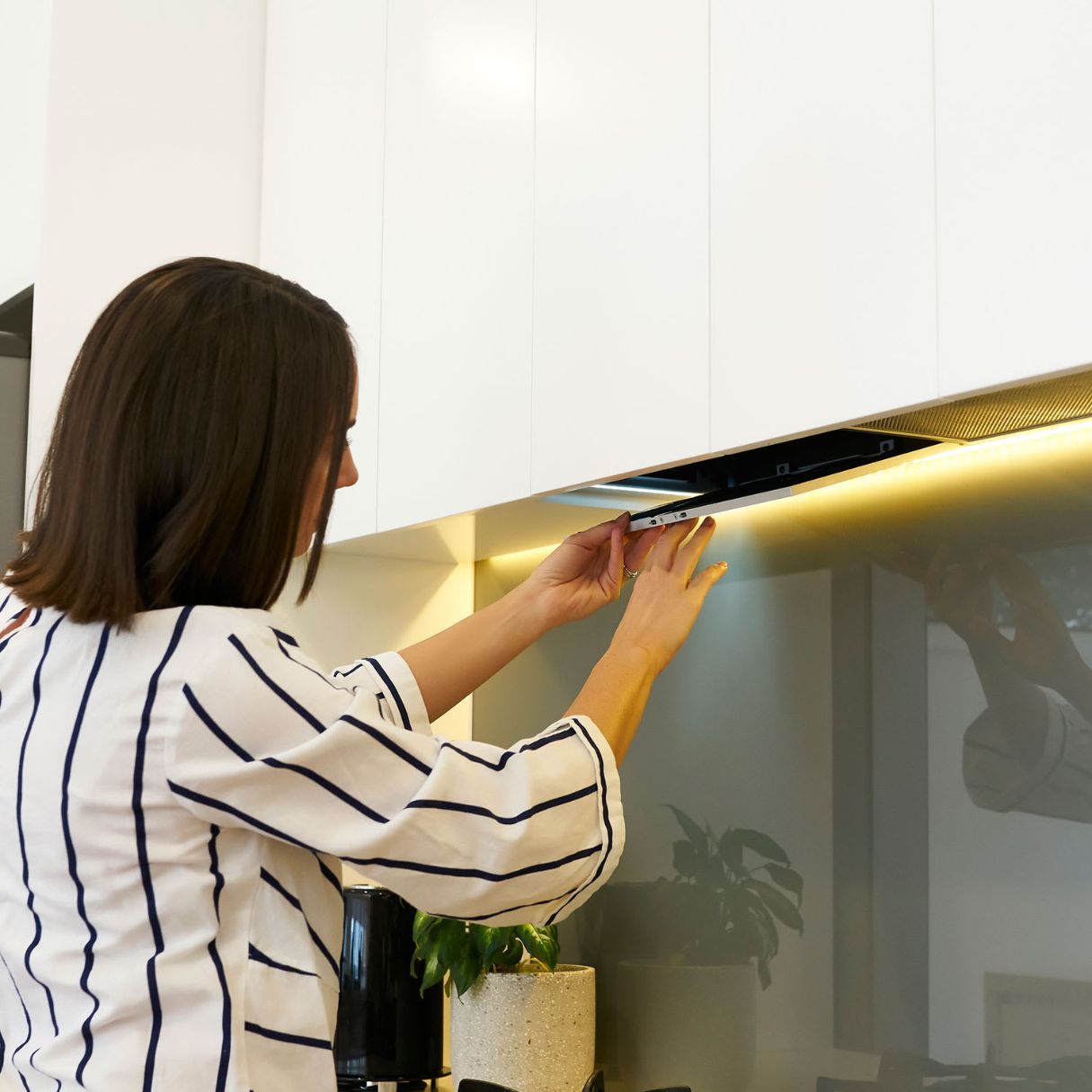


0 thoughts on “How Often Should You Replace Rugs”